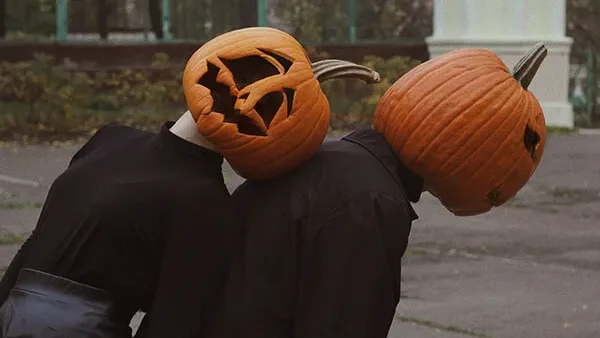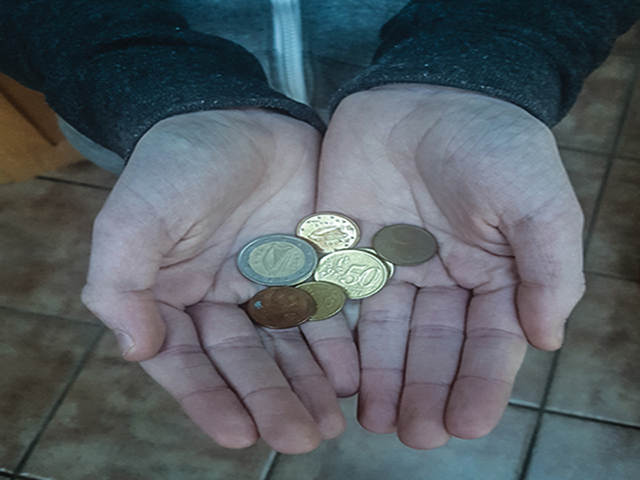
As a chill enters the air and the leaves turn all shades of brown, we begin to fill with excitement as one thought occupies our minds: Halloween! This holiday is linked with Autumn, and as the years go on, it has developed across the globe into something magically monstrous. Costumes, films, decoration and aesthetics have all managed to capture the essence of the occasion.
With that, Halloween has maintained some of its past roots. According to Irish folklore, it traces back to the ancient Celtic tradition of ‘Samhain’, old Irish for ‘Summers end.’ Samhain marked the end of the harvest season and the start of the winter months. Carving pumpkins, trick-or-treating, and wearing scary costumes are just some of the modern time-honoured traditions of Halloween.
The past religious celebrations usually included lighting bonfires and costumes to ward off ghosts. The evening before All Saints Day was known as All Hallows Eve, and was later changed to Halloween.
In Ireland, the tradition of carving pumpkins originated from turnips and was based on a legend about a ghost, forced to wander Earth for Eternity. This led to locals shaping scary faces into turnips and, later, pumpkins to frighten away the evil spirit. By the 1920s, this tradition was widespread across America due to immigration, later returning to Britain and Scotland.
However, this tradition was strictly stuck within Northern Europe. Leftovers from pumpkin carvings were used to make sweets such as pumpkin pie and pumpkin soup, to try and minimise the waste of food through the holiday at the end of the season.
Debates around the origins of trick-or-treating have led to multiple theories about the event. The first theory suggests that during Samhain, Celtic people would leave food out to appease spirits travelling around at night. Over time, people dressing up as these spooky beings would exchange similar offerings of food or drink. While still dominant in Ireland, this activity is ongoing in countries such as Britain, America, Canada, Mexico, and some Eastern countries. Children of all ages, in many countries and cultures, commonly enjoy some form of trick-or-treating throughout the holiday. To avoid being terrorised by evil spirits during Samhain, the Celts hid in disguises or costumes to confuse the spirits and be left alone.
Halloween is best known for its dressing up and night out, where everyone picks an outfit and parties away. In the past, people would dress up in outfits symbolising the souls of the dead. Now trending costumes such as black cats, cheetahs, clowns, angels and devils, horror movie characters, skulls, and more are relevant across the globe, not just in Ireland.
Halloween has become an increasingly elaborate affair in modern times, and because of that, a variety of different and highly specific traditions have emerged from country to country.
From watching horror movies in the cinema, a party every night of the week or just watching every single ‘Tim Burton’ film in bed with popcorn, how you choose to celebrate is up to you – What kind of energy do you want to embody this season?
Photo credits to series by Moscow-based Sonya Voda



